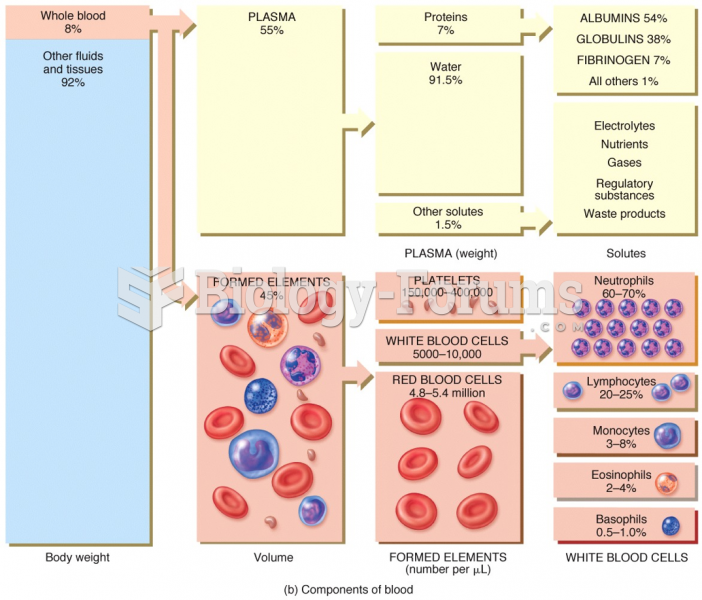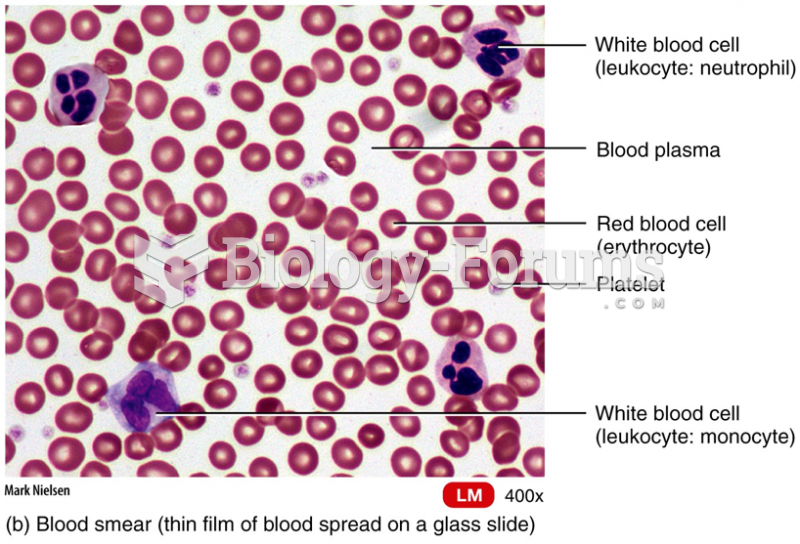A researcher is investigating some of the behavioral properties of a new drug called GR1944 (a hypothetical drug).
She trains two groups of rats on tasks in which bar pressing is occasionally reinforced with food. For GROUP DRLR rats the longer the interval between bar presses the greater the likelihood that a bar press will be rewarded, so GROUP DRLR rats generally press the bar fairly infrequently. For GROUP DRHR rats the shorter the interval between bar presses the greater the likelihood that a bar press will be rewarded, so GROUP DRHR rats press the bar fairly rapidly. After the two groups are trained over several daily sessions to the point that their responding is at stable levels, the researcher splits the two groups into two subgroups. For five successive daily test sessions, she injects GROUP DRLR-1 and GROUP DRHR-1 rats with 100 mg of GR1944 30 minutes prior to each session, and for five successive daily test sessions, she injects GROUP DRLR-2 and GROUP DRHR-2 rats with saline 30 minutes prior to each session. The researcher measures the rate of bar pressing for each group over the five test sessions.
The researcher notes that after the first injection of GR1944, the GROUP DRLR-1 and GROUP DRHR-1 rats respond much more frequently than their counterpart controls (i.e., GROUPs DRLR-2 and DRHR-2). However, by the fifth test session, the GROUP DRLR-1 rats are responding at about the same level as the GROUP DRLR-2 rats, i.e., it appears that tolerance to GR1944 has occurred. On the other hand, by the fifth test session, the GROUP DRHR-1 rats are still responding much faster than the GROUP DRHR-2 rats, i.e., tolerance to GR1944 does not appear to have occurred.
1. Are these observations more compatible with a pharmacodynamic or a context-specific mechanism for tolerance development? Explain your reasoning.
What will be an ideal response?
Question 2
Which of the following is not included in the category of monoamine neurotransmitters?
a. serotonin
b. norepinephrine
c. dopamine
d. endorphins







